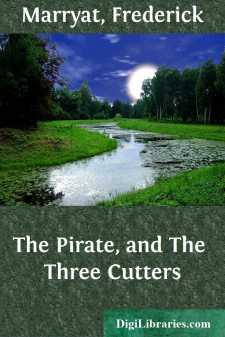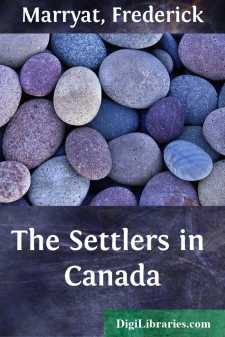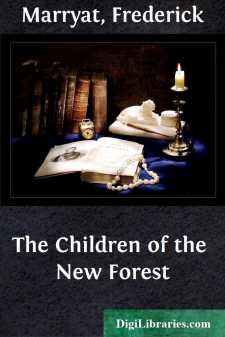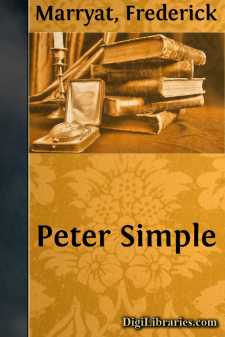Categories
- Antiques & Collectibles 13
- Architecture 36
- Art 48
- Bibles 22
- Biography & Autobiography 813
- Body, Mind & Spirit 142
- Business & Economics 28
- Children's Books 14
- Children's Fiction 11
- Computers 4
- Cooking 94
- Crafts & Hobbies 4
- Drama 346
- Education 46
- Family & Relationships 57
- Fiction 11828
- Games 19
- Gardening 17
- Health & Fitness 34
- History 1377
- House & Home 1
- Humor 147
- Juvenile Fiction 1873
- Juvenile Nonfiction 202
- Language Arts & Disciplines 88
- Law 16
- Literary Collections 686
- Literary Criticism 179
- Mathematics 13
- Medical 41
- Music 40
- Nature 179
- Non-Classifiable 1768
- Performing Arts 7
- Periodicals 1453
- Philosophy 64
- Photography 2
- Poetry 896
- Political Science 203
- Psychology 42
- Reference 154
- Religion 513
- Science 126
- Self-Help 84
- Social Science 81
- Sports & Recreation 34
- Study Aids 3
- Technology & Engineering 59
- Transportation 23
- Travel 463
- True Crime 29
The Pirate, and The Three Cutters
Categories:
Description:
Excerpt
INTRODUCTION
Among the few subjects which are still left at the disposal of the duly-gifted writer of romance is the Pirate. Not but that many have written of pirates. Defoe, after preparing the ground by a pamphlet story on the historic Captain Avery, wrote The Life, Adventures, and Piracies of Captain Singleton. Sir Walter Scott made use in somewhat the same fashion of the equally historic Gow—that is to say, his pirate bears about the same relation to the marauder who was suppressed by James Laing, that Captain Singleton does to Captain Avery. Michael Scott had much to say of pirates, and he had heard much of them during his life in the West Indies, for they were then making their last fight against law and order. The pirate could not escape the eye of Mr. R. L. Stevenson, and accordingly we have an episode of pirates in the episode of the Master of Ballantrae. Balsac, too, wrote Argow le Pirate among the stories which belong to the years when he was exhausting all the ways in which a novel ought not to be written. Also the pirate is a commonplace in boys' books. Yet for as much as he figures in stories for old and young, it may be modestly maintained that nobody has ever yet done him quite right.
Defoe's Captain Singleton is a harmless, thrifty, and ever moral pirate, of whom it is impossible to disapprove. Sir Walter's is a mild gentleman, concerning whom one wonders how he ever came to be in such company. Michael Scott's pirate is a bloodthirsty ruffian enough, and yet it is difficult to feel that a person who dressed in such a highly picturesque manner, and who was commonly either a Don or a Scotch gentleman of ancient descent, was quite the real thing. Mr. Stevenson's pirate is nearer what one knows must have been the life. He is a cowardly, lurking, petty scoundrel. John Silver is certainly something very different, but then when Mr. Stevenson drew the commanding figure in Treasure Island he was not making a portrait of a pirate, but was only making play with the well-established puppet of boys' books. Yet, after all, the pirate, if he was not such an agreeable rascal as John Silver, was not always the greedy, spiritless rogue drawn in the Master of Ballantrae. To do him properly and as he was, he ought to be approached with a mixture of humour and morality, and also with a knowledge of the facts concerning him, which to the best of my knowledge have never been combined in any writer.
Captain Johnson, in his valuable General History of the Pirates from their First Rise and Settlement in the Island of Providence to the present time, begins with antiquity. He mounts up the dark backward abyss of time till he meets with the pirates who captured Julius Caesar, and were suppressed by Pompey. This is not necessary. Our pirate was a very different fellow from those broken men of the ancient world, the wrecks of States shattered by Rome and the victims of the usury of the Knights who collected in the creeks of Cilicia. It is not quite easy to say what he was, but we know well enough what he was not....












